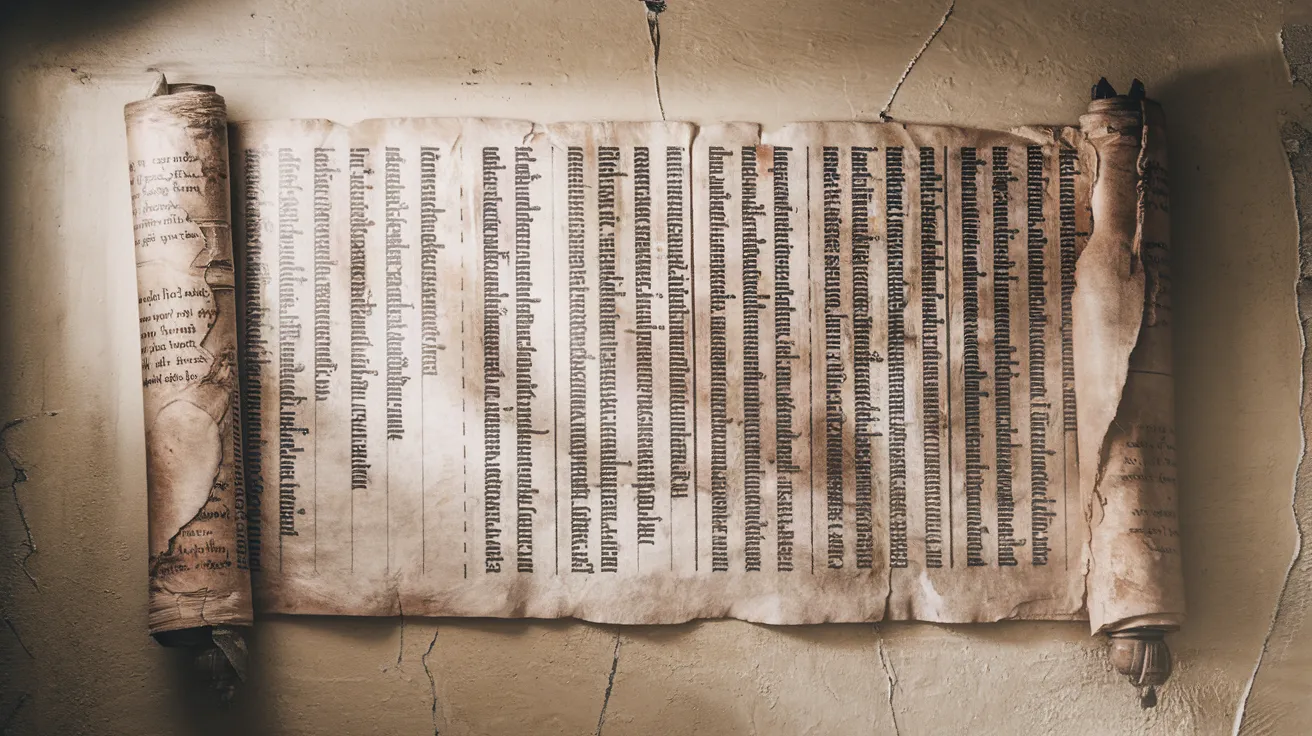AI Unlocks Ancient Texts, Rewrites History

In October 2023, a transformative email landed in the inbox of Federica Nicolardi, a papyrologist at the University of Naples, Italy. The email contained an image of a fragment of a papyrus scroll charred during the eruption of Mount Vesuvius in AD 79. This scroll was among hundreds excavated from a luxurious Roman villa in Herculaneum. Traditionally, efforts to carefully reveal the scrolls’ delicate carbonized layers had left many unreadable, leading scholars to concede that some texts would forever remain sealed. Yet, under the Vesuvius Challenge initiative, AI advancements have opened a new chapter in the field.
The Vesuvius Challenge
Nicolardi was involved in leveraging artificial intelligence (AI) to read these ancient texts. Upon seeing the AI-enhanced image revealing neat Greek lettering, she realized the historical significance of the moment. It validated the push toward a transformative approach in papyrology—one that could finally reveal texts buried for nearly 2,000 years.
The Vesuvius Challenge exemplifies how sophisticated AI methods are not only reshaping modern life but are also unlocking insights from the ancient world. With the deployment of artificial neural networks, researchers are now deciphering languages including Greek, Latin, and evidencing the reemergence of lost languages like China’s Oracle Bone Script.
Revolutionizing Text Reconstruction
AI’s capabilities expand far beyond mere recognition of written characters. By employing advanced neural networks, researchers can analyze vast archives and reconstruct fragmented texts. Initially, deep learning applied to preserved digital images allowed for significant advances in ancient text interpretation, as researchers explored applications like convolutional neural networks (CNNs) for visual recognition and recurrent neural networks (RNNs) for sequential analysis.
Collaborative efforts have yielded promising results; for instance, the RNN-based model named Pythia was trained on datasets of Greek inscriptions, allowing it to suggest missing words and characters. Newer models, like Ithaca, utilize transformer technology, closely related to the structures powering contemporary AI applications, such as chatbots.
Unraveling Vast Archives with AI
Recent projects have demonstrated AI’s potential to decipher extensive historical records, like the detailed daily accounts from Korea’s 27 kings (14th to early 20th centuries). Using modern and archaic languages, AI-trained networks can facilitate translations that human translators have yet to complete fully. This approach not only accelerates but also enhances the accuracy of translations, promoting access to historical information previously deemed overwhelming.
At the other end of the scholarly spectrum, researchers such as Katerina Papavassileiou are working with limited ancient texts, employing RNNs to restore writings from Mycenaean tablets. The methodology has proven effective, with models accurately identifying characters correlating to human specialists’ insights.
The Future of Ancient Text Deciphering
The efforts and results stemming from the Herculaneum scrolls project signify AI’s ability to tackle monumental challenges. Brent Seales and his team at the University of Kentucky have pioneered virtual unwrapping technology, enabling the reading of texts obscured by damage.
In 2024, their initiatives culminated in the first clear readings from Herculaneum scrolls. The collaborative efforts across disciplines, including a significant cash incentive initiative, have seen robust participation with over 1,000 teams working on AI algorithms to uncover ink within the scrolls. Winning submissions revealed philosophical works that had previously been trapped within carbonized surfaces.
Looking Ahead
As the team continues to refine their technologies, further breakthroughs in reading ancient texts could transform our understanding of history. These advancements signal a potential treasure trove of new findings from the ancient world that could reshape historical narratives.
Ultimately, ongoing AI applications symbolize not only the potential for unprecedented discovery but the promise of achieving what once seemed unattainable in the academic sphere, further demonstrating how technology can illuminate the past.